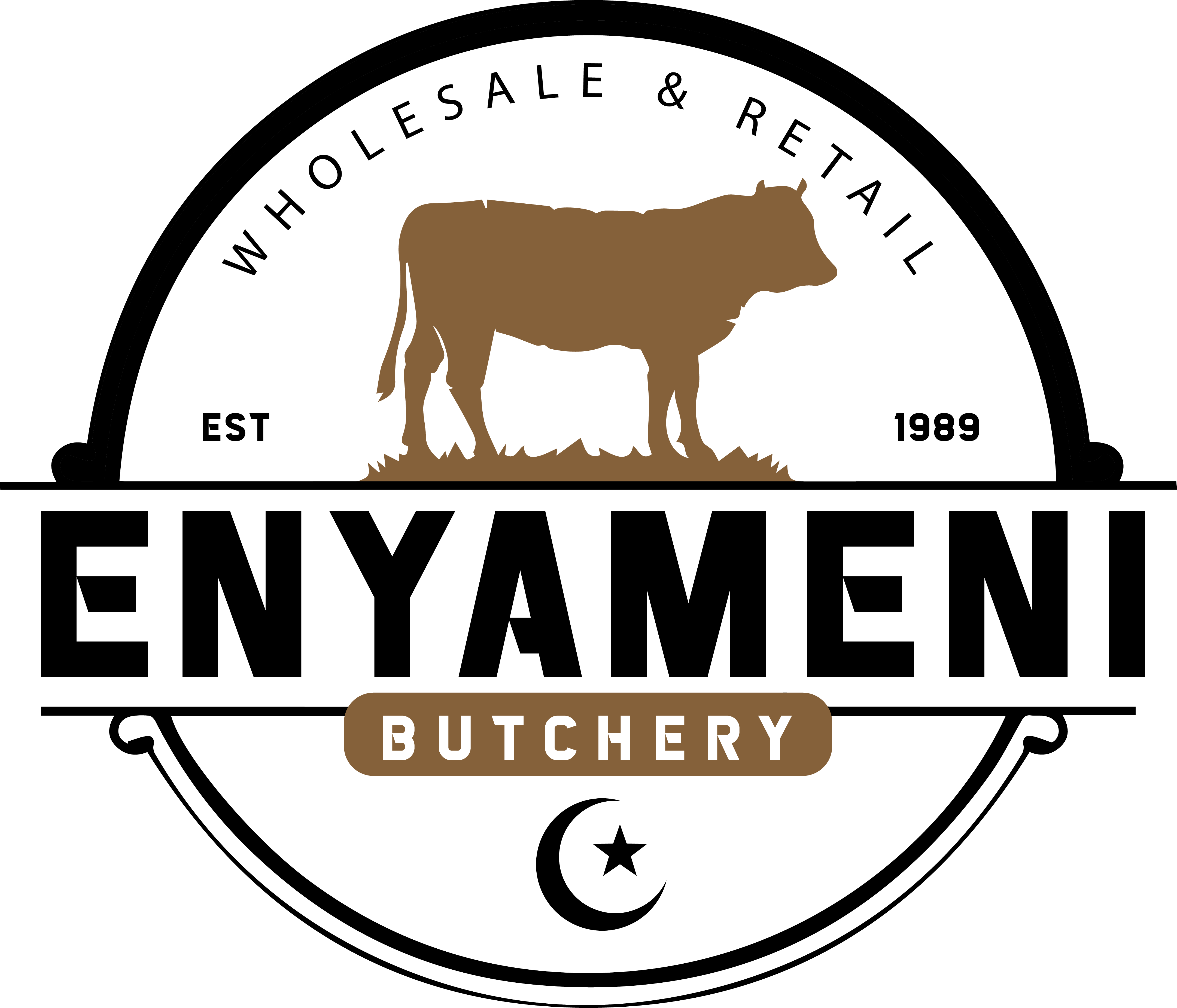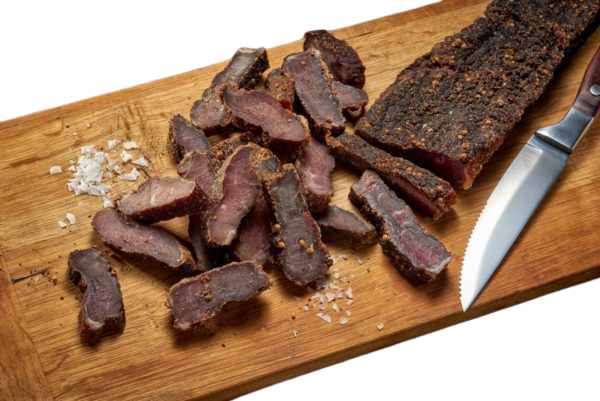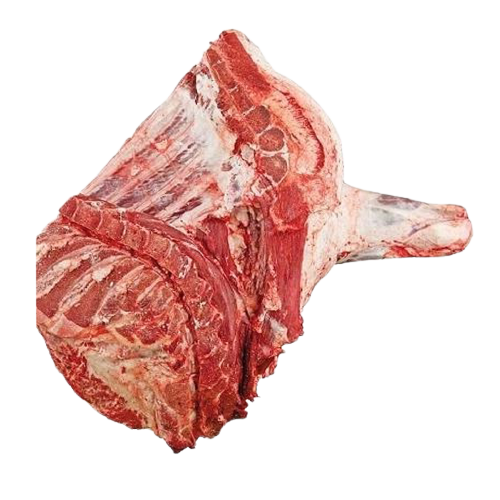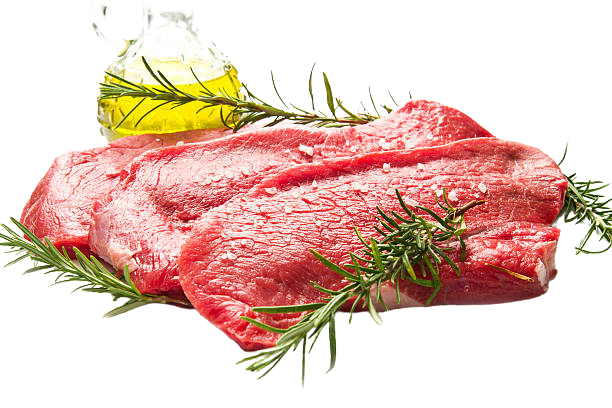Beef Biltong
Call | WhatsApp | Email to place your Order
- 083 786 6588
- 083 786 8566
- info@enyameni.co.za
Description
1. Introduction to Beef Biltong
Beef biltong, a delicious and savoury snack, has been gaining popularity worldwide in recent years. Originating from South Africa, this traditional dried and cured meat has a rich history and a unique flavour profile that sets it apart. In this article, we will delve into the origins, making process, nutritional benefits, and various flavours of beef biltong. Additionally, we will explore the versatility of beef biltong, offering ideas on how to incorporate it into different recipes and dishes. Whether you’re a fan of cured meats, looking for a healthier snack alternative, or simply intrigued by culinary traditions, understanding and embracing beef biltong will undoubtedly be an enriching experience.
1. Introduction to Beef Biltong
What is Beef Biltong?
Beef biltong is not your ordinary beef jerky. It’s like the sophisticated older cousin who studied abroad and has a refined palate. This delicious South African specialty is made from seasoned, air-dried strips of beef that have been carefully cured to perfection. It’s a snack that combines the love for meat with the art of preserving flavors.
Popularity and Global Recognition
Move over, beef jerky, there’s a new favorite in town. Beef biltong has been gaining popularity around the globe, captivating taste buds everywhere. Its unique texture and distinct flavors have made it a sought-after snack for those craving a bold, savory experience. From South Africa to the United States and beyond, beef biltong has quickly found its place on the world stage.
2. The History and Origins of Beef Biltong
Ancient Roots in South Africa
Beef biltong has roots that go way back, deep into the vibrant history of South Africa. It’s believed that indigenous tribes used similar methods to preserve meat for survival, as they needed a way to store food for long periods. These early preservation techniques laid the foundation for the biltong we enjoy today.
Influence of Indigenous Cultures
The rich tapestry of South Africa’s indigenous cultures has had a significant influence on the flavors and methods used in the making of beef biltong. The use of local spices and seasonings, such as coriander and black pepper, adds a touch of tradition to this delectable snack.
Evolution and Spread of Beef Biltong
Over time, as South Africa’s culinary heritage evolved, so did biltong. Immigrants brought with them their own methods of preserving meat, influencing the recipe and techniques. As a result, beef biltong became not only a traditional delicacy but also a symbol of diversity and cultural fusion.
3. The Process of Making Beef Biltong
Selecting the Right Cut of Beef
The secret to great beef biltong lies in the choice of meat. Premium cuts like sirloin or topside are often used due to their ideal balance of flavor and tenderness. It’s a delicate dance between finding the perfect cut and marinating it with just the right amount of love.
Marinating the Beef
Once the beef has been selected, it’s time for the marinating magic to begin. Biltong is typically marinated in a blend of spices, vinegar, and salt, ensuring that every chew carries a burst of flavor. The meat needs to soak in these seasonings for several hours, allowing the flavors to penetrate deep into the fibers.
Drying and Curing Techniques
After the marinating process, the beef strips are carefully hung out to dry, where the air can work its magic. The drying and curing stage can take several days, as the meat slowly transforms into the tender and flavorful biltong we know and love. It’s a labor of love that requires patience and a watchful eye to achieve the perfect balance of moisture and texture.
4. Nutritional Benefits of Beef Biltong
High Protein Content
Calling all fitness enthusiasts and protein lovers! Beef biltong is your new best friend. Packed with high-quality protein, it’s an excellent snack for muscle recovery and growth. Say goodbye to those boring protein bars and hello to a tasty, protein-packed treat.
Low-Fat Snacking Option
If you’re looking for a guilt-free snack, beef biltong has got you covered. With its low-fat content, it satisfies your cravings without adding unnecessary calories. It’s time to snack smarter and enjoy every bite without the worry.
Packed with Essential Minerals and Vitamins
Not only is beef biltong a protein powerhouse, but it also contains a variety of essential minerals and vitamins. From iron and zinc to vitamin B12, this snack offers a nutritious punch that supports overall health and well-being. So, snack away and let your body reap the benefits.
5. Exploring Different Varieties and Flavors of Beef Biltong
Traditional vs. Gourmet Biltong
When it comes to beef biltong, there’s a world of variety waiting to be explored. You’ll find both traditional and gourmet options that cater to different taste preferences. Traditional biltong is typically air-dried, cured with spices like coriander and pepper, and sliced into thin strips. On the other hand, gourmet biltong takes things up a notch by experimenting with unique flavors, marinating techniques, and even using premium cuts of meat. Whichever you choose, there’s no doubt that both varieties offer a delicious and addictive snacking experience.
Flavour Profiles and Seasoning Options
What gives beef biltong its irresistible taste? It’s all in the flavor profiles and seasoning options. From mild and savory to spicy and tangy, there’s a biltong flavor for everyone. Some popular seasoning options include garlic, chili, teriyaki, and even whiskey-infused marinades. Whether you prefer a punch of heat or a more subtle blend of spices, biltong has a flavor that will tickle your taste buds and leave you craving for more.
Regional and Cultural Variations
Just like any culinary delight, beef biltong has its regional and cultural variations. In South Africa, biltong is deeply rooted in tradition and is considered a national snack. However, you’ll also find variations in other parts of the world, each adding their own twist to this delectable treat. Some regions may use different spices or methods of preparation, resulting in unique flavors that reflect the local culinary heritage. Exploring these regional variations can be an exciting way to experience the diverse world of beef biltong.
6. Incorporating Beef Biltong into Various Recipes and Dishes
Biltong as a Standalone Snack
One of the simplest and most satisfying ways to enjoy beef biltong is as a standalone snack. Its chewy texture and savory flavor make it a perfect on-the-go treat or a quick pick-me-up during the day. Just grab a handful of biltong and indulge in its mouthwatering goodness. It’s the ultimate snack for meat lovers!
Biltong in Salads and Sandwiches
If you’re looking to add a burst of flavor to your salads or sandwiches, look no further than beef biltong. Add some thinly sliced biltong to your salad for an extra protein boost and an explosion of taste. Similarly, biltong can be a game-changer in sandwiches, taking them from ordinary to extraordinary. Its rich flavor and satisfying texture make biltong an ideal ingredient to elevate your favorite dishes.
Biltong-infused Recipes
Feeling adventurous in the kitchen? Why not experiment with biltong-infused recipes? From biltong-stuffed mushrooms to biltong-topped pizzas, the possibilities are endless. You can even try incorporating biltong into pasta sauces, stir-fries, or omelets for a unique twist. Let your creativity soar and discover the delicious ways to use beef biltong in your culinary creations.
7. Health Considerations and Potential Risks of Beef Biltong
Sodium Content and Moderation
While beef biltong is undeniably tasty, it’s important to be mindful of its sodium content. Like other cured meats, biltong can be high in sodium, which may not be suitable for individuals on low-sodium diets or with certain health conditions. Moderation is key when enjoying biltong, especially if you are monitoring your sodium intake. Be sure to read the nutrition labels and consume it in balance with other foods in your diet.
Processed Meat and Health Concerns
As a processed meat product, beef biltong falls under the umbrella of the ongoing debate on the health risks associated with processed meats. While enjoying biltong as an occasional indulgence is generally considered safe, it’s important to be aware of the potential health concerns. Some studies have linked excessive consumption of processed meats to an increased risk of certain diseases. As with any food, it’s best to strike a balance and incorporate a variety of wholesome options into your diet.
Food Safety and Storage Guidelines
To ensure the safety and quality of your beef biltong, it’s crucial to follow proper food safety and storage guidelines. Biltong should be stored in a cool, dry place, preferably an airtight container or resealable bag to maintain freshness. If you make your own biltong, it’s important to use proper hygiene practices during the preparation process. If you purchase biltong from a store, be sure to check the expiration date and inspect the packaging for any signs of spoilage before consuming.
8. Conclusion: Embracing the Delights of Beef Biltong
In conclusion, beef biltong is a treat that offers a spectrum of flavors, endless snacking possibilities, and a taste of different cultures. Whether you enjoy it as a standalone snack, incorporate it into recipes, or savor it with a gourmet twist, biltong is a culinary delight worth exploring. Just remember to enjoy it in moderation, be mindful of your health considerations, and embrace the wonders of this delectable beefy delight. So go ahead, let your taste buds dance with joy and discover the world of beef biltong!
8. Conclusion: Embracing the Delights of Beef Biltong
In conclusion, beef biltong offers a delightful snacking experience that combines rich flavors, nutritional benefits, and a touch of culinary history. Its unique drying and curing process delivers a tender and flavorful meat that can be enjoyed on its own or incorporated into various recipes. While it’s important to consider moderation and be aware of potential health concerns, beef biltong remains a popular choice for those seeking a protein-packed, low-fat snack. So, whether you’re indulging in a traditional variety or exploring gourmet flavors, don’t hesitate to savor the delights of beef biltong and immerse yourself in its cultural heritage.
FAQ
1. Is beef biltong similar to beef jerky?
While both beef biltong and beef jerky are dried and cured meat snacks, they have notable differences. Beef biltong is typically air-dried and cured with a mixture of vinegar, salt, and spices, resulting in a tender and flavorful texture. On the other hand, beef jerky is usually smoked, dehydrated, and marinated in a combination of sweet, savory, and spicy flavors. The two snacks offer distinct taste profiles, textures, and preparation methods.
2. How long does beef biltong last?
Properly dried and stored beef biltong can have a shelf life of several months to a year. It is important to keep beef biltong in a cool, dry place with good air circulation to prevent moisture and mold. Vacuum-sealing or using airtight containers can also help extend its shelf life. However, it’s worth noting that the texture and flavor of beef biltong may change over time, so it’s best enjoyed within a few months of its production.
3. Can beef biltong be enjoyed by individuals on a low-sodium diet?
Individuals on a low-sodium diet should consume beef biltong in moderation due to its natural salt content. While the curing process involves the use of salt to help preserve the meat, there are options available that cater to low-sodium preferences. It’s advisable to check the nutritional information and sodium content on the packaging or opt for homemade versions where you can control the level of seasoning.
4. Can beef biltong be made with other types of meat?
While beef is the most common choice for biltong, the process can be applied to various types of meat, such as game meats like venison or ostrich, as well as poultry. Each type of meat will have its own unique flavor and texture when transformed into biltong. Experimenting with different meats can offer a diverse range of taste experiences for those seeking variety.





